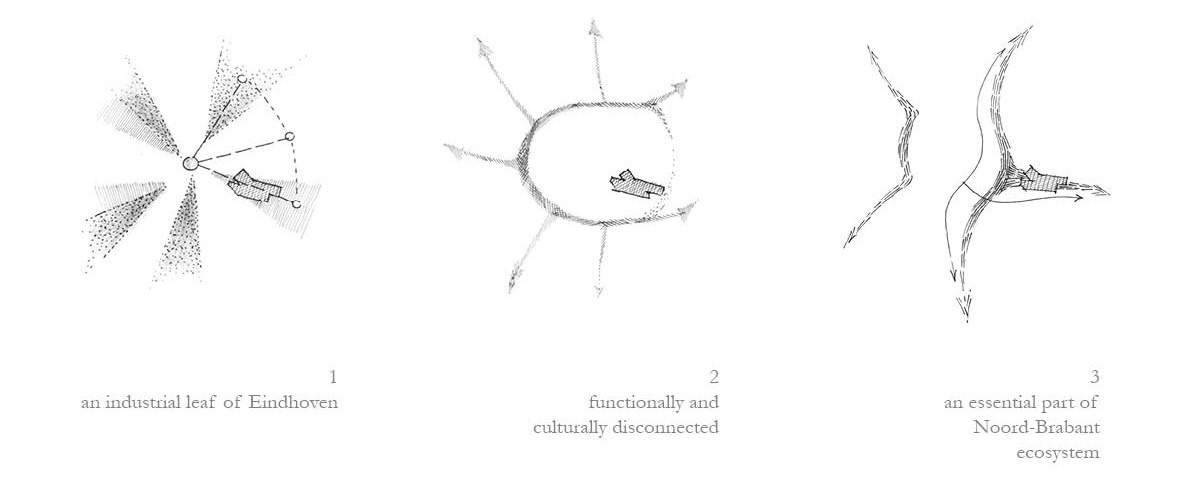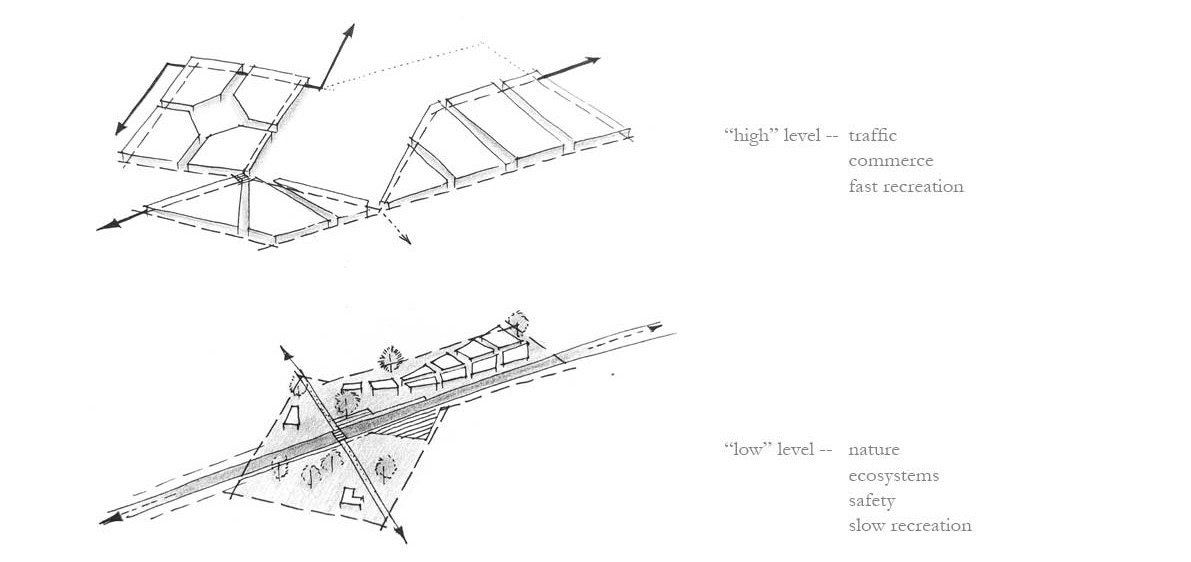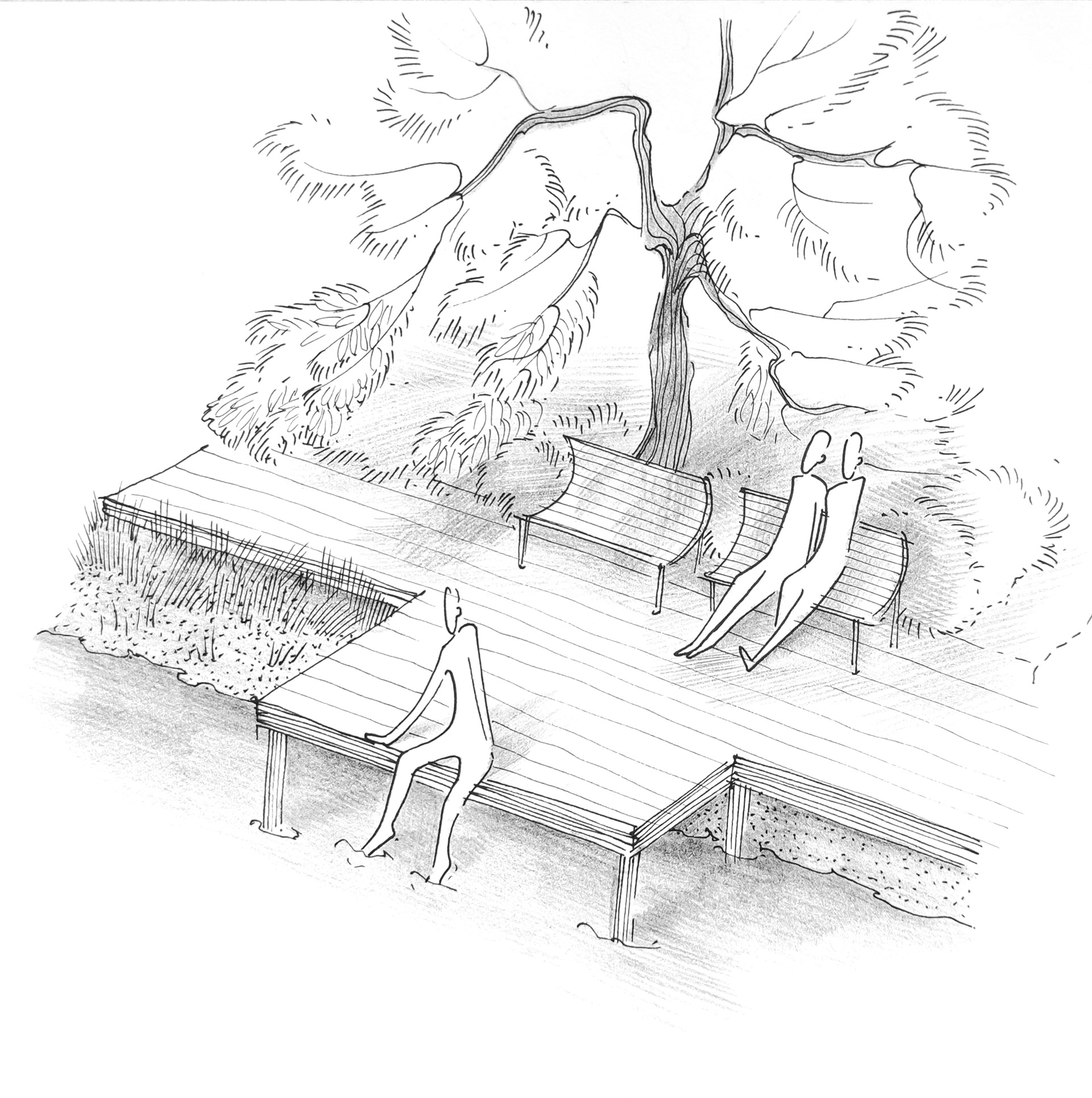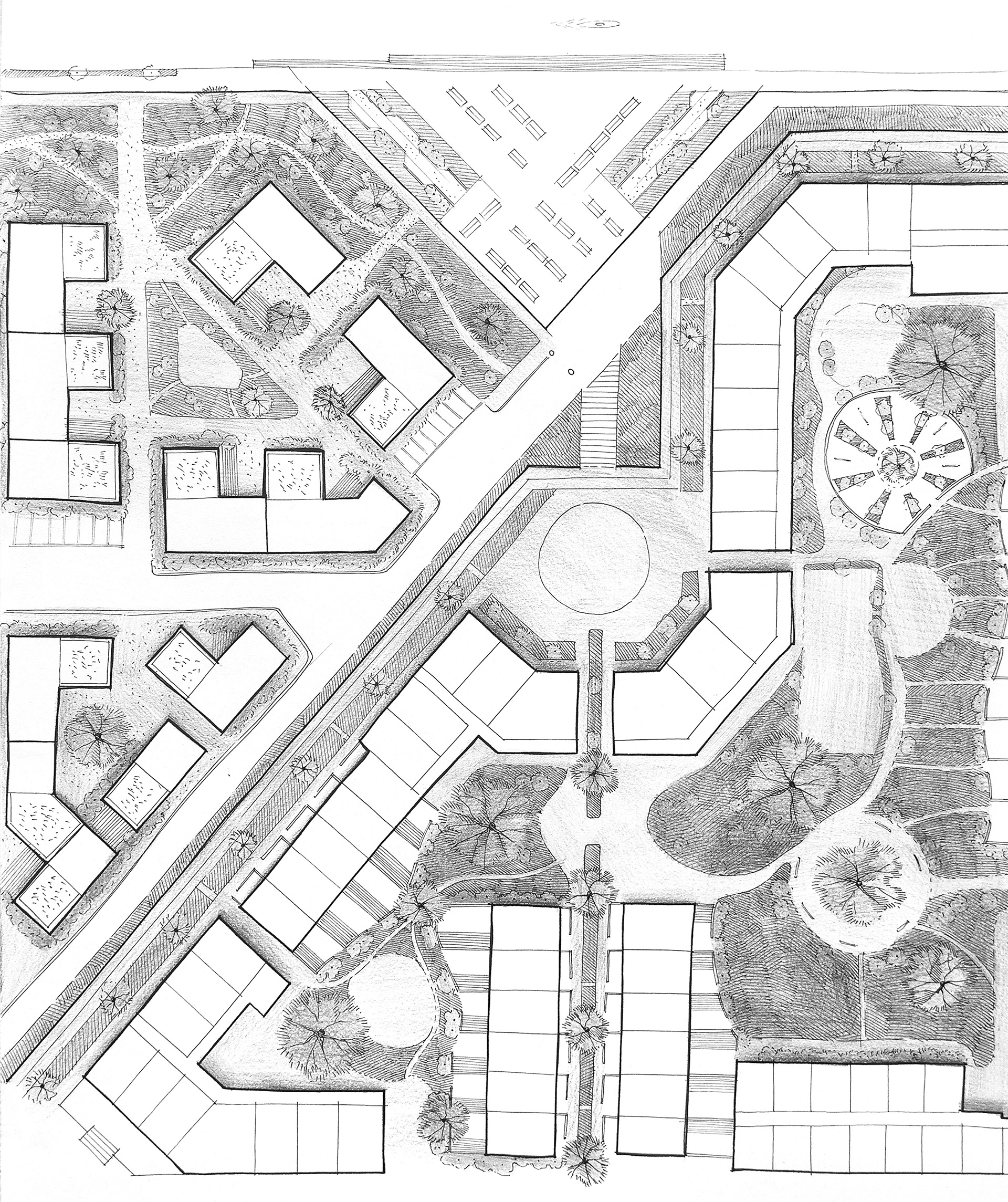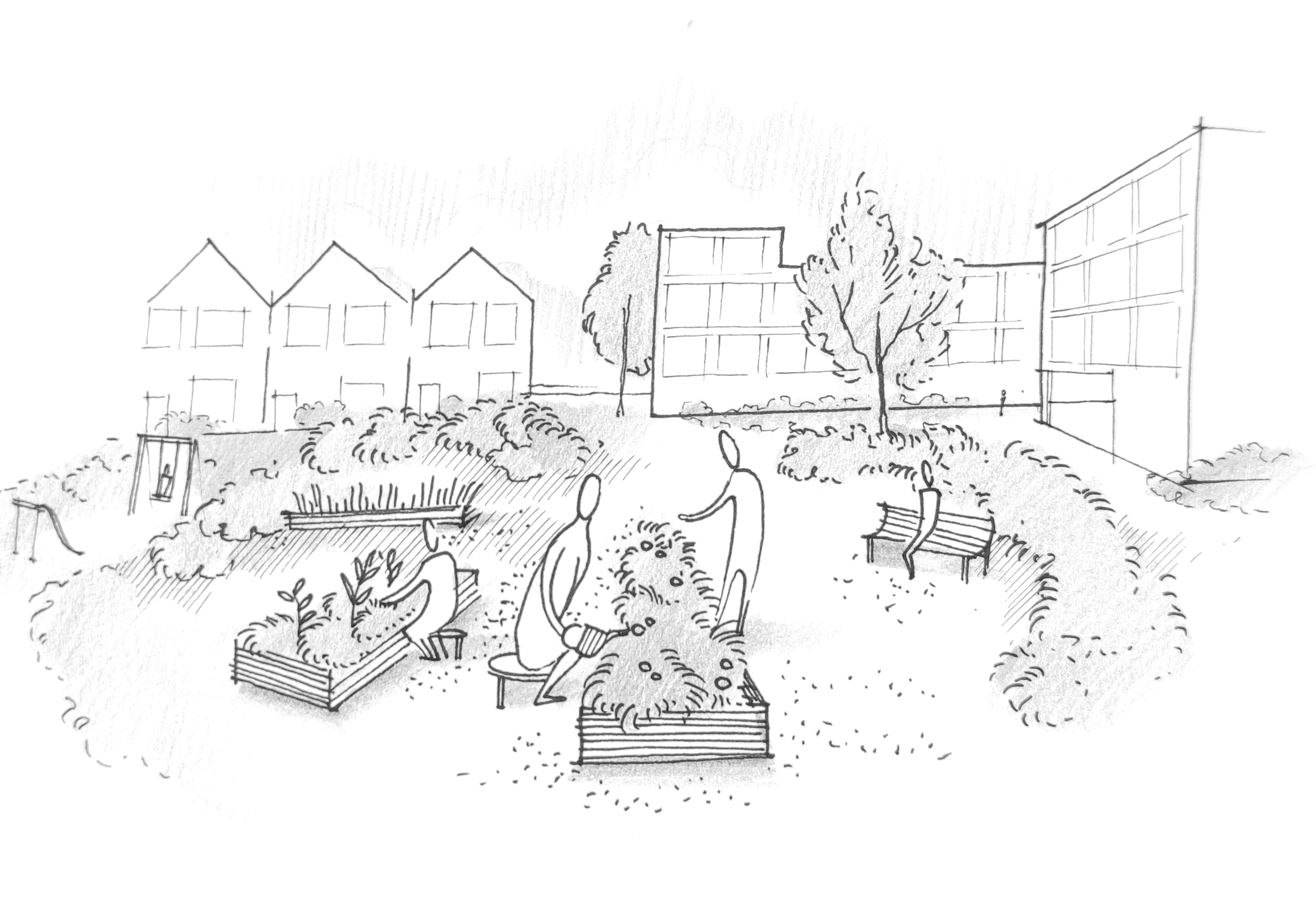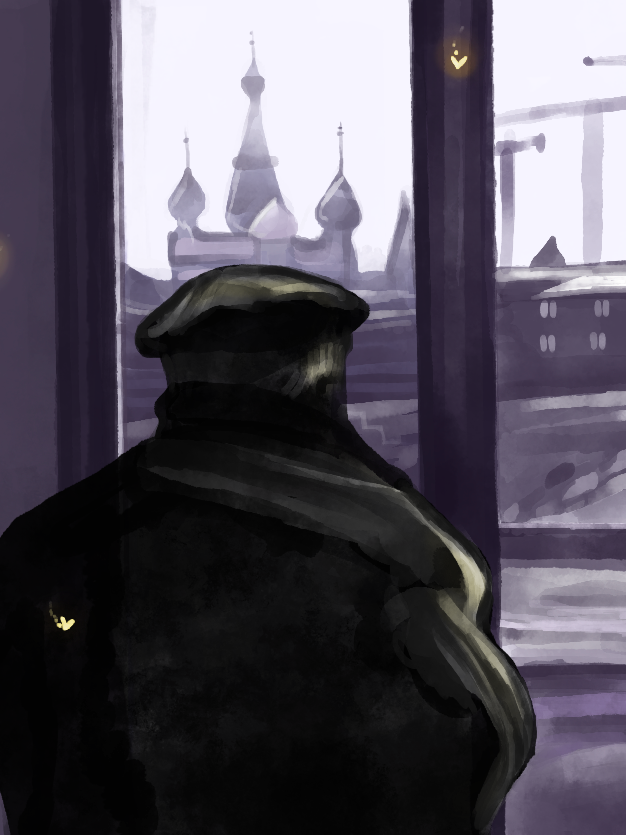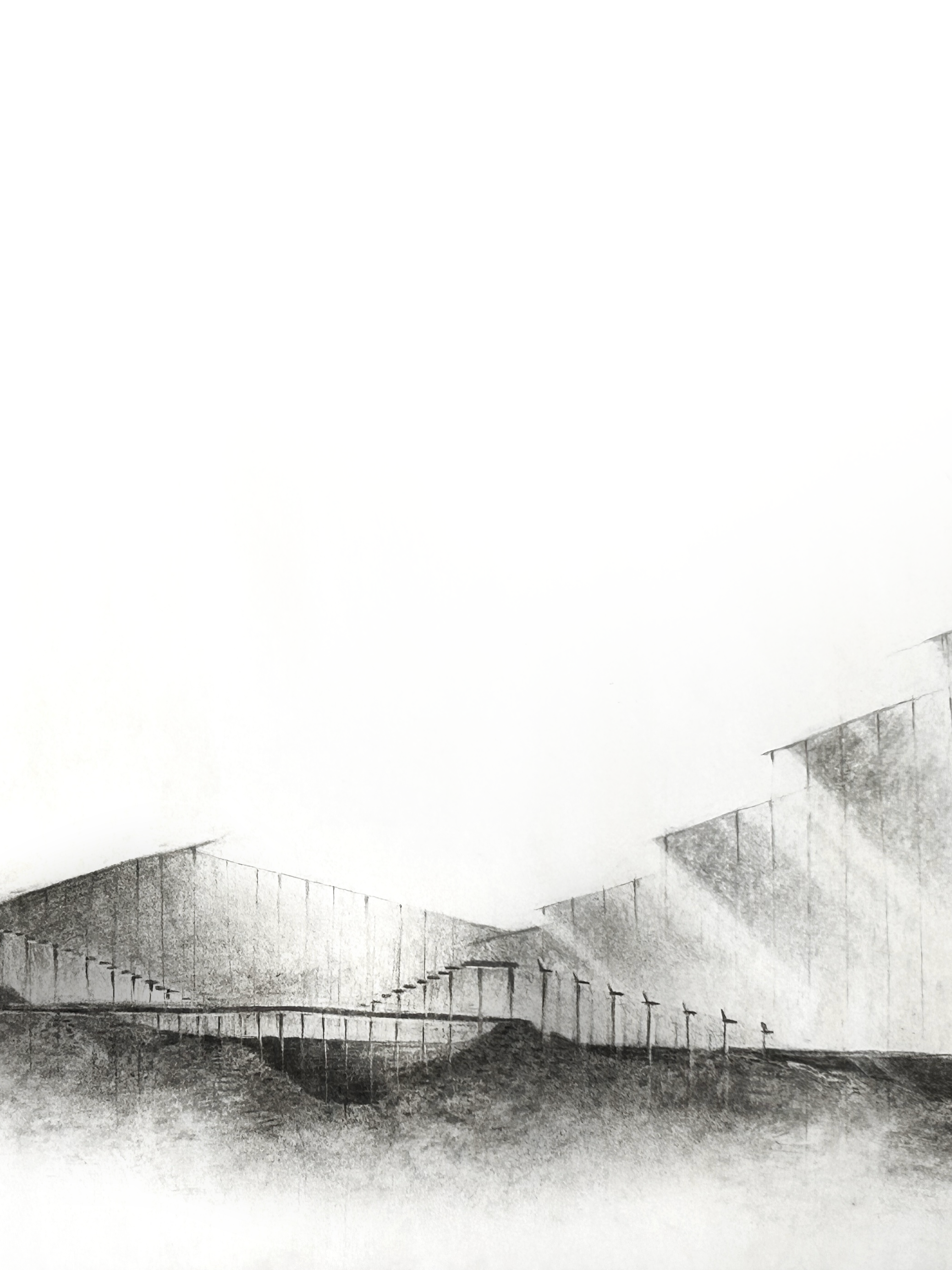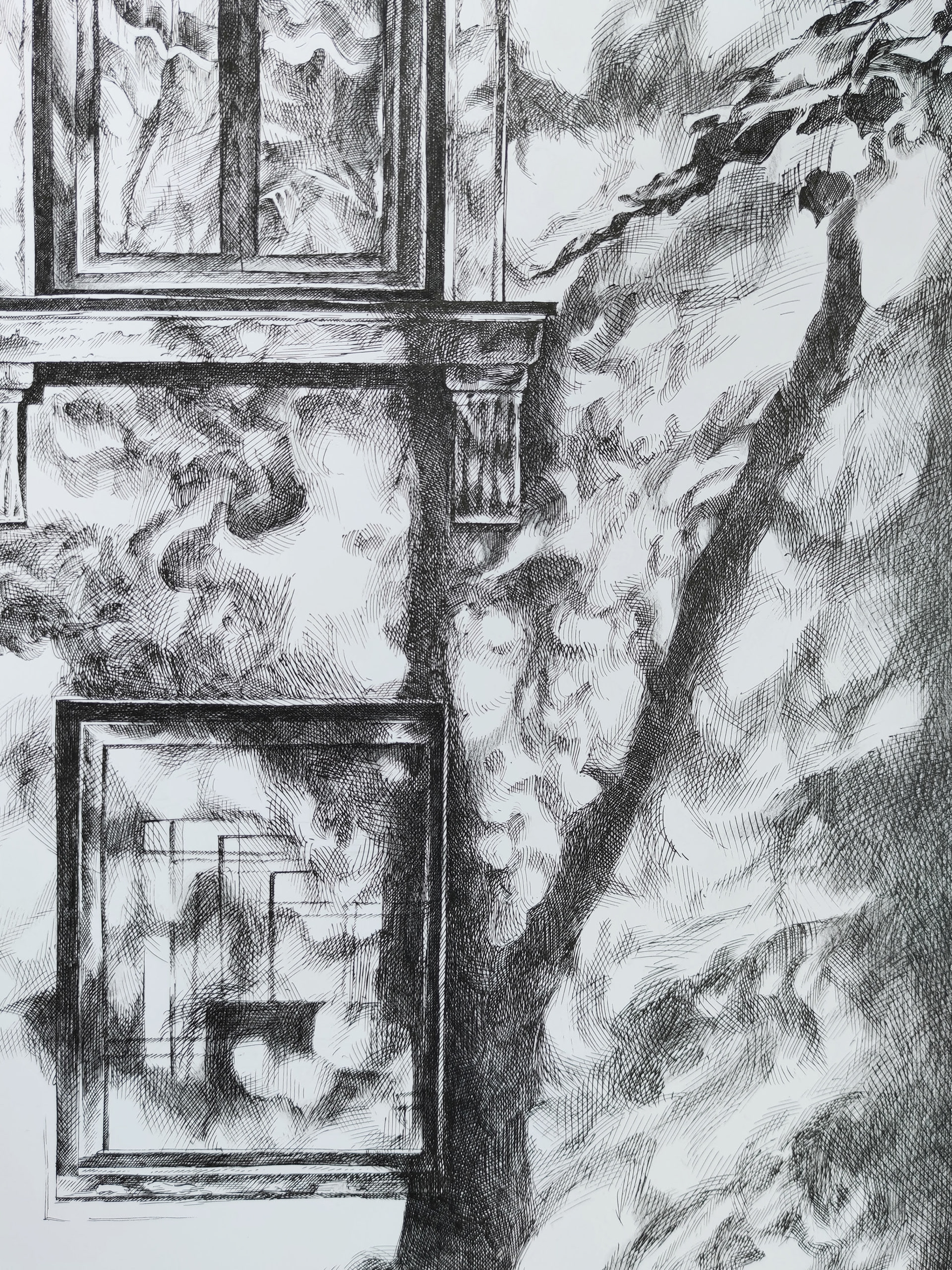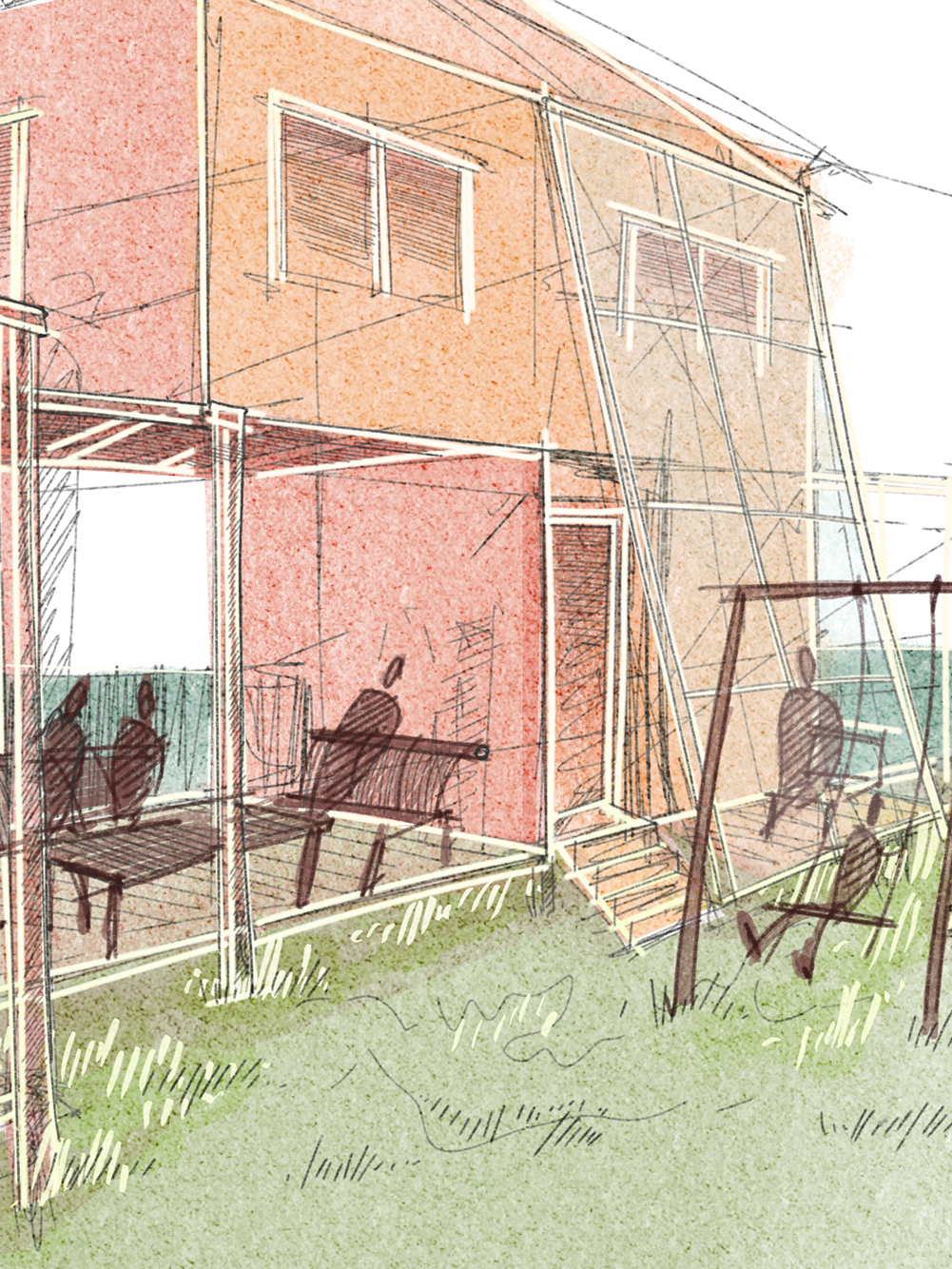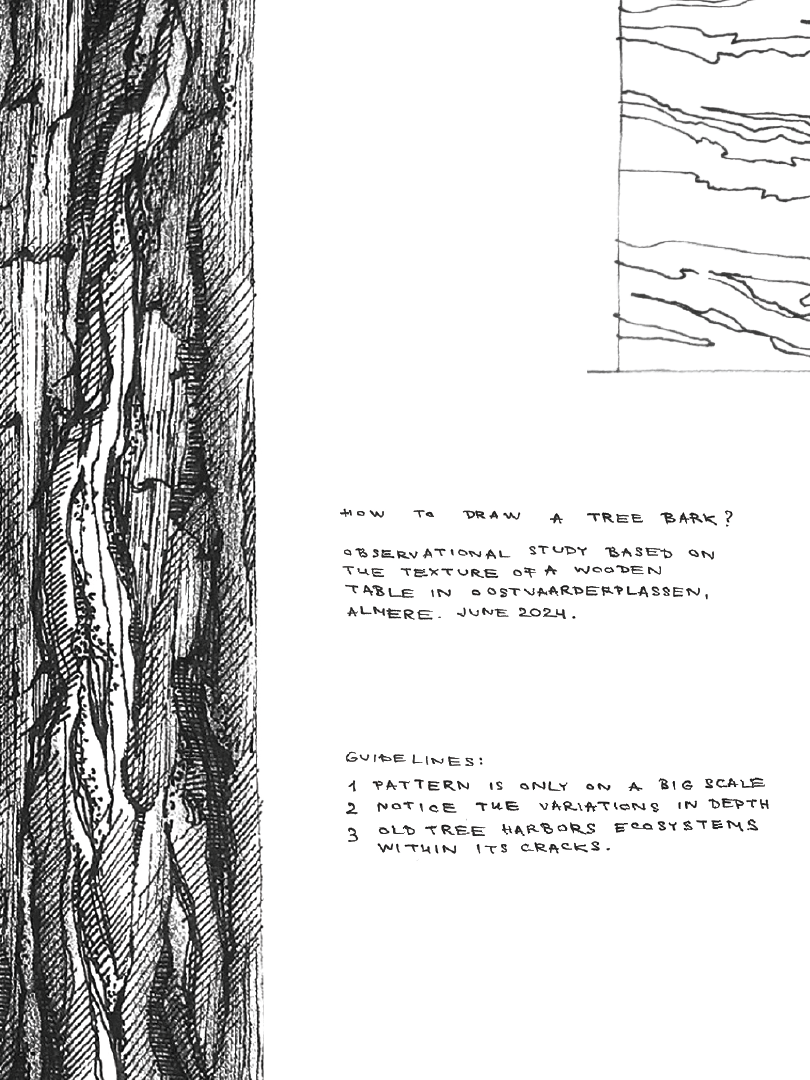do you know your neighbours?
as a child, I knew all my neighbors and even their cats by name. when my father’s bicycle was stolen, it did not require a detective to identify the thief and deman the money back. my friends and I still remember the sense of peace and security that came from knowing that in our neighbourhood, we could always ask our neighbourd for help if that was needed.
today, communication and mutual understanding are often obscured by the walls of high-rise buildings; the voices of residents are barely distinguishable amidst the disproportionate facades and heavy traffic. in contemporary urban environments, individuals frequently experience isolation, as the vastness of cities and their associated problems compel people to distance themselves from one another. the communal system that once defined village life, characterized by shared challenges and close-knit relationships, has faded into the past. it has been replaced by a societal model where interactions are primarily mediated through digital screens.
“reimagining the urban village”
the objective of this project is not to revert to village living but to recreate the high level of human interaction that previously brought people together. the concept of an urban village, first articulated in the 20th century, has been adapted to contemporary realities in this project. this adaptation involves incorporating varying heights in the landscape and diversifying the functions of public and semi-public spaces.
the focus of the project is human-centric design, which is manifested in:
the focus of the project is human-centric design, which is manifested in:
- providing multifunctional public spaces
- reconnecting individuals with nature
- enhancing social interactions
- minimizing traffic and ensuring walkability
- reconnecting individuals with nature
- enhancing social interactions
- minimizing traffic and ensuring walkability
